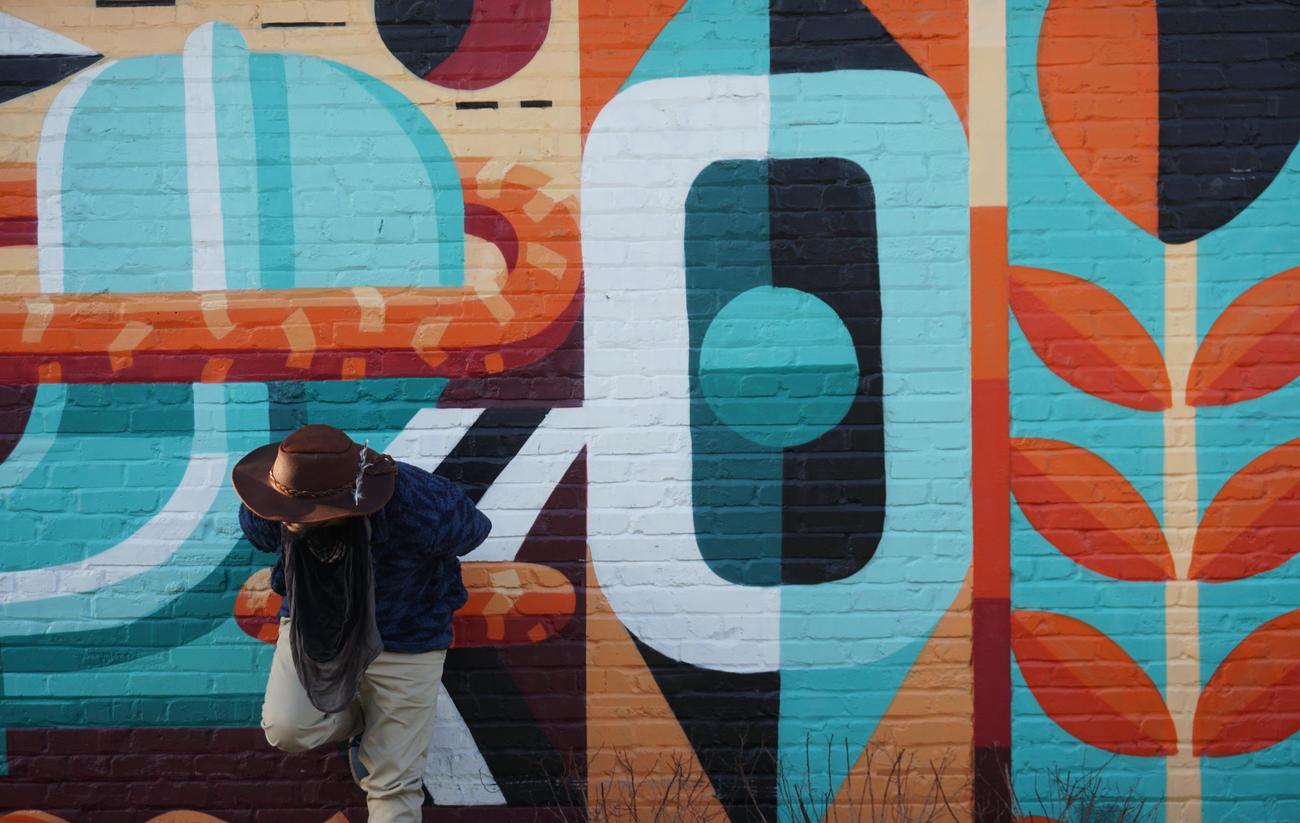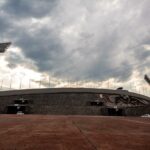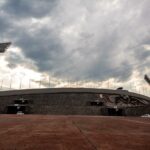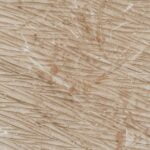Unveiling the Genius: Diego Rivera’s Mural Techniques Decoded
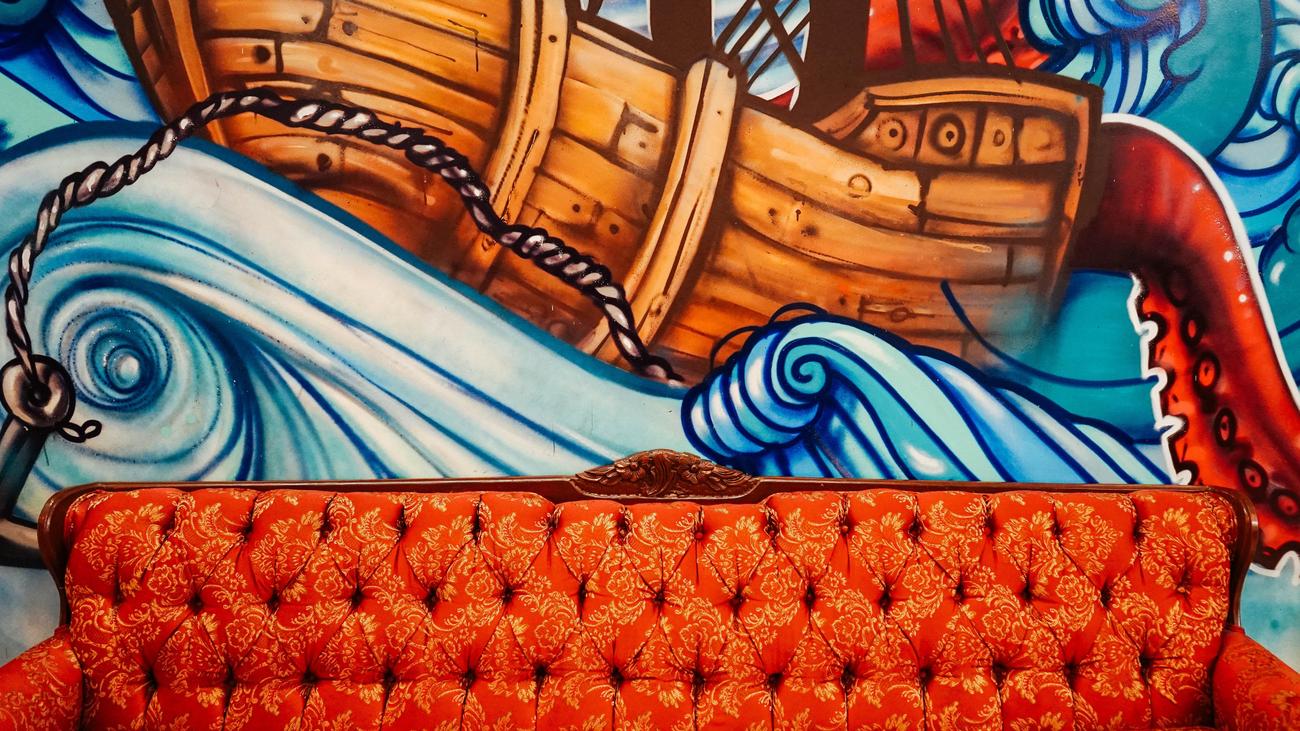
Imagine standing before a colossal mural, its vibrant colors and larger-than-life figures commanding your attention. In the realm of mural art, few names resonate as powerfully as Diego Rivera. His masterpieces are not just visually arresting, but they also serve as powerful narratives, reflecting the zeitgeist of their time. As we embark on this fascinating journey, we will delve deep into the world of Diego Rivera’s mural techniques. Prepare to be enthralled as we unravel the secrets behind Rivera’s genius brushstrokes, his masterful use of color and scale, and the profound messages he encoded within his breathtaking murals. Join me as we decipher the captivating language of Rivera’s art, and gain a deeper understanding of his profound impact on the art world.
Diego Rivera Mural Techniques
Diego Rivera, a renowned muralist, captivated the art world with his grand and impactful murals. His masterpieces were not only visually stunning but also rich with political and cultural significance. In this article, we will journey into the genius of Diego Rivera’s mural techniques, decoding the intricacies of his artistry and exploring the profound impact he made on the world of art.
Traditional Fresco Technique: Preserving the Past, Creating the Future
One of the key elements of Diego Rivera’s mural techniques is his use of the traditional fresco technique. This centuries-old method involves applying pigments onto wet plaster, allowing the colors to become embedded into the wall as the plaster dries. Rivera’s choice to utilize this technique was not only an homage to artistic tradition but also a way to ensure the longevity of his monumental works.
By employing the fresco technique, Rivera’s murals would resist the test of time, standing strong for generations to come. It is through this technique that his vibrant colors and intricate details have remained remarkably well-preserved, allowing us to experience his art as if it were freshly created.
“Rivera’s dedication to the traditional fresco technique ensures a lasting legacy that continues to inspire art lovers around the world.”
Finding Modernity in Classic Styles
Diego Rivera was a true innovator, combining modernist painting styles with the grandeur of muralism. His ability to merge the old with the new created a visually striking and thought-provoking aesthetic that captured international attention. Rivera’s murals became a reflection of his time, embodying both the artistic movements of the era and the pressing sociopolitical issues of Mexico.
Through his masterful use of scale, color, and symbolism, Rivera brought to life the narratives behind his murals. Each brushstroke resonated with meaning, immersing viewers in a captivating exploration of Mexican history, class conflict, resistance against foreign occupation, and the resilience of indigenous cultures.
“Rivera’s ability to seamlessly blend classic and modern styles invites viewers into a journey where history and contemporary issues merge harmoniously.”
The Palacio Nacional: Rivera’s Magnum Opus
Perhaps the most famous showcase of Diego Rivera’s mural techniques is found within the Palacio Nacional in Mexico City. Here, Rivera embarked on an ambitious mural cycle, depicting the story of Mexico from pre-Columbian times to the Mexican Revolution. Through his brush, he weaved together a narrative that celebrated the struggles, triumphs, and heritage of the Mexican people.
Rivera’s murals at the Palacio Nacional do more than simply adorn the walls; they serve as a powerful reminder of the country’s history and the socio-political forces that shaped it. By erecting his masterpieces in this iconic location, Rivera ensured that his art would be accessible to the masses, sparking a sense of national pride and inspiring future generations of artists.
“The Palacio Nacional stands as a testament to Rivera’s ability to merge art and history, creating an immersive experience that celebrates the spirit of Mexico.”
Innovations Beyond Tradition
While Rivera was rooted in tradition, he was not afraid to explore new possibilities within his mural techniques. An excellent example of this is his commission by the American ambassador to Mexico, Dwight W. Morrow, to create a mural in Cuernavaca. In this project, Rivera utilized portable murals, which were freestanding fresco panels with a cement base.
This innovation allowed Rivera to overcome the immobility of traditional murals, enabling him to create stunning artworks that could be placed in various locations. His portable murals served as a medium for him to reach a wider audience, breaking free from the constraints of physical space and making his art more accessible to the masses.
“Rivera’s use of portable murals showcases his eagerness to push boundaries and adapt his techniques to the demands of a changing world.”
Reviving the Fresco Movement
Diego Rivera’s mural techniques not only left an indelible mark on Mexican art but also sparked a revival of fresco painting in Latin America. His groundbreaking murals inspired countless artists to explore this traditional technique, infusing it with their own unique perspectives and narratives.
Rivera’s influence can still be seen today, with fresco painting continuing to thrive and evolve as a vibrant form of artistic expression. Through his dedication to his craft and his innovative approach, Rivera laid the foundation for a new era of muralism, ensuring that his contributions to the art world would never be forgotten.
“Rivera’s legacy extends beyond his own murals, as he played an instrumental role in reviving the fresco movement and inspiring future generations of artists.”
In conclusion, Diego Rivera’s mural techniques are a testament to his immense talent as an artist and his deep understanding of the power of art to engage, educate, and inspire. Through his masterful use of the fresco technique, his blending of classic and modern styles, and his groundbreaking innovations, Rivera created murals that not only adorned the walls but also ignited conversations about history, culture, and social issues. His legacy as a muralist and advocate for art continues to resonate, forever cementing his place in the annals of art history.
“Diego Rivera’s mural techniques will forever be celebrated as a showcase of artistry, storytelling, and social consciousness, leaving an enduring impact on the art world.”
Diego Rivera, the master of murals, is renowned for his captivating and politically charged artwork. His murals depict powerful scenes that not only tell a story but also provoke thought and inspire change. If you’re interested in exploring the world of Diego Rivera’s murals, click here to discover a collection of his most iconic works. Prepare to be mesmerized as you delve into the rich colors, intricate details, and profound messages embedded in each brushstroke. Journey through history and immerse yourself in the brilliance of Diego Rivera’s artistry through this incredible collection of murals. Discover the passion and creativity that made him a true legend in the world of art. So, what are you waiting for? Don’t miss the opportunity to experience the awe-inspiring Diego Rivera Murals up close and personal! Click here to embark on this extraordinary artistic journey: Diego Rivera Murals
FAQ
Q: What is the historical significance of Diego Rivera’s murals?
A: Diego Rivera’s murals hold immense historical significance as they depict Mexican history, class conflict, the struggle against foreign invaders, and the resilience of indigenous cultures. They serve as powerful visual narratives that shed light on the social and political context of the time.
Q: What painting techniques did Diego Rivera utilize for his murals?
A: Diego Rivera primarily utilized the fresco technique for his murals. This traditional technique involves painting on wet plaster, allowing the pigments to permanently bond with the wall surface. Rivera’s mastery of this technique ensured the longevity of his monumental works.
Q: Where are Diego Rivera’s most famous murals located?
A: Diego Rivera’s most famous murals can be found in the Palacio Nacional (National Palace) in Mexico City. These iconic murals beautifully showcase Rivera’s artistic skills and provide a vivid portrayal of Mexican history and culture.
Q: Did Diego Rivera create murals outside of Mexico?
A: Yes, apart from his work in Mexico, Diego Rivera also created murals outside of the country. One notable example is a mural commissioned by the American ambassador to Mexico, Dwight W. Morrow, in Cuernavaca. Rivera’s influence extended beyond Mexico, and his murals captured international attention.
Q: How did Diego Rivera overcome the immobility of traditional murals?
A: To overcome the immobility of traditional murals, Diego Rivera created portable murals. These freestanding fresco panels had a cement base, allowing them to be moved and exhibited in different locations. Rivera’s innovative approach expanded the possibilities of mural artistry.
- China II Review: Delicious Food & Speedy Service - April 17, 2025
- Understand Virginia’s Flag: History & Debate - April 17, 2025
- Explore Long Island’s Map: Unique Regions & Insights - April 17, 2025
